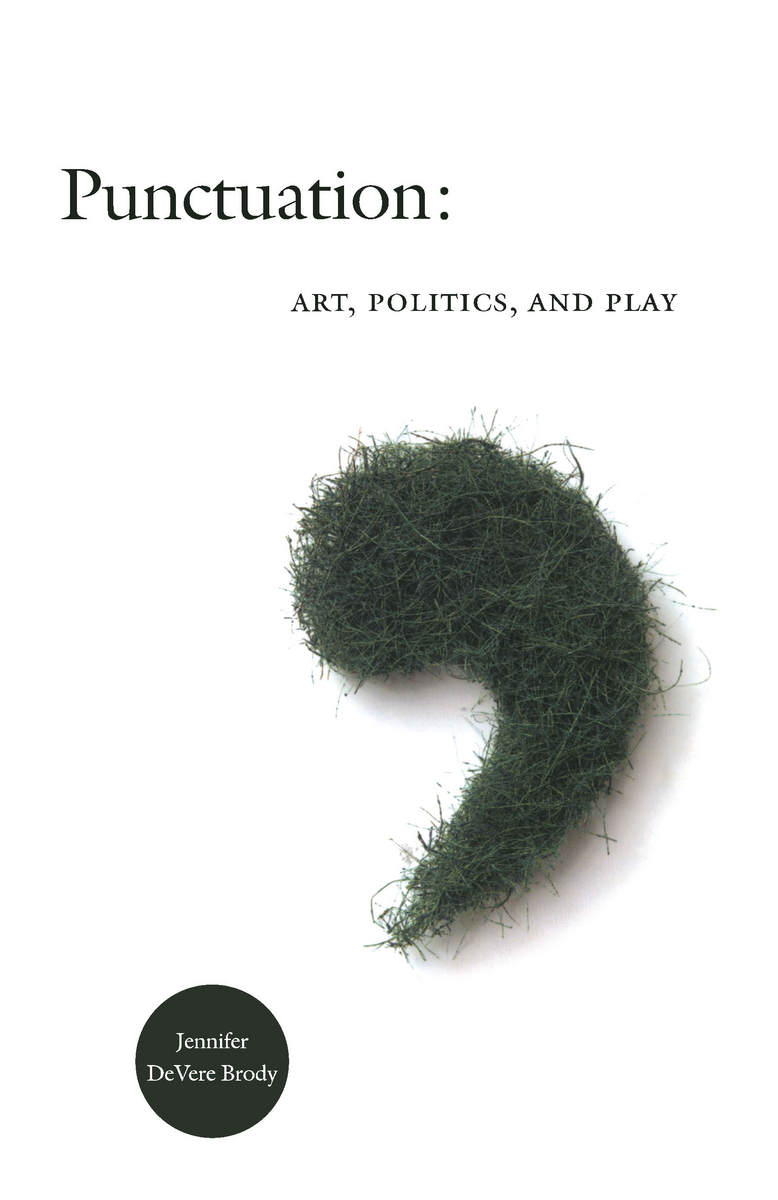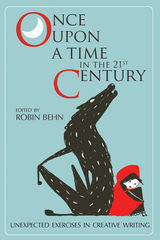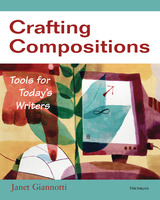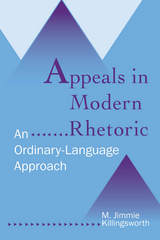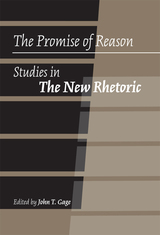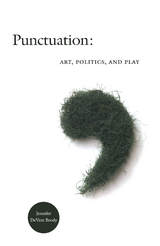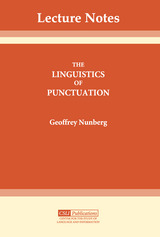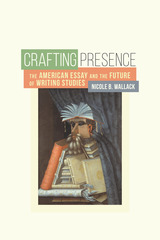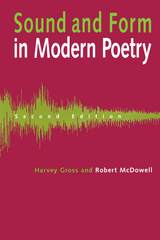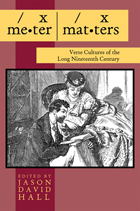“[Brody’s] sophisticated and diverting links in Punctuation: Art, Politics and Play opens up writing not only as both performance and notation (as an instructional element concerning the dramaturgical aspects of a text) but also the political effects of the use of hyphenation as an element of arts. The surprising and promising aspect of the study makes readers aware of the very fact that politics are found exactly inside the l’art pour l’art conception of punctuation marks. . . . Punctuation is a valuable contribution to the repoliticisation of art through performance.” - Margarete Jahrmann, Leonardo
“Punctuation: Art, Politics, and Play is a good book, a clever book, and an exciting book. The singularity of Brody’s approach, the verve and creativity of her readings, and the work’s interdisciplinarity—particularly its much-needed liaisons among textual, queer, and performance studies—are significant strengths.” - Kevin Bourque, GLQ
“[D]azzling in its inter-disciplinarity and most delightful to read. Jennifer DeVere Brody has produced a study on performance art which is itself a performance, a play on punctuation which defamiliarizes the mundane accompaniment to communication, which is punctuation, and reinvents its components as significant cultural markers.” - Kathryn Southworth, English
“This is the book that puts the ‘pun’, not to mention the ‘punk’, in ‘punctuation.’ Jennifer DeVere Brody focuses on punctuation as performance, highlighting its role in novels, poetry, art, dance and racial and gender politics. She plays with full stops, semicolons and apostrophes all the while, including a chapter in the form of a dialogue during which one character talks largely in smileys. The result is a book of spirited cultural criticism, not a monograph on linguistics.” - Raphael Salkie, Times Higher Education Supplement
“DeVere Brody’s work is undeniably vanguard in a subject that has long ceased to be edgy and new. She should be applauded for her vigor and bravery. It’s a hefty dose of insight and perspective for the prescriptivist in all of us.” - Jo Ristow, Feminist Review blog
”A puncturing of semantic space, Jennifer DeVere Brody’s Punctuation: Art, Politics, and Play performs at every turn a subversive politics that celebrates the margins as places where the real deal goes down. . . . Hats off to Brody for taking us someplace new.” - Gregory Kirk Murray, Rain Taxi
“Here is a book that earns the right to the spaces between its sumptuously smart words. Here is a book that pays attention to the ‘minor’ detail of punctuation in ways that percolate with questions pertaining to history, subject formation, ethnicity, racialization, technology, authorship, physiology, philosophy, aesthetic value, the social, the political, and more (to pile up the commas). Lacing her arguments with humor as well as insight, Jennifer DeVere Brody here tracks punctuation’s contradictory performances across a number of times and places. She offers close readings of artists and authors who deploy punctuation pointedly in a variety of mediums, amplifying the mark of the mark, the score of the score, the thrust or lean of the emphaticals that prop our points. Here is a book that doubles as a stage upon which the understudied finally gets to strut and fret with an embodied wit, critical grace, and socially relevant verve.”—Rebecca Schneider, Brown University
“In Punctuation: Art, Politics, and Play, Jennifer DeVere Brody productively bridges both performance criticism and literary analysis through a consideration of punctuation. To be certain, this is a bold and innovative move that compels us to consider what is too often taken for granted: how punctuation performs. Brody’s book is decidedly interdisciplinary, as she analyzes a diverse array of performance texts always mindful of the intersections of art, politics, and play. As a result, Brody brings important insight to issues of race, gender, and performance through this examination of punctuation. Punctuation: Art, Politics, and Play is a most ambitious and significant work that will certainly have a cross-disciplinary impact.”—Harry J. Elam Jr., Olive H. Palmer Professor in the Humanities, Stanford University
“Punctuation: Art, Politics, and Play is a good book, a clever book, and an exciting book. The singularity of Brody’s approach, the verve and creativity of her readings, and the work’s interdisciplinarity—particularly its much-needed liaisons among textual, queer, and performance studies—are significant strengths.”
-- Kevin Bourque GLQ
“[Brody’s] sophisticated and diverting links in Punctuation: Art, Politics and Play opens up writing not only as both performance and notation (as an instructional element concerning the dramaturgical aspects of a text) but also the political effects of the use of hyphenation as an element of arts. The surprising and promising aspect of the study makes readers aware of the very fact that politics are found exactly inside the l’art pour l’art conception of punctuation marks. . . . Punctuation is a valuable contribution to the repoliticisation of art through performance.”
-- Margarete Jahrmann Leonardo Reviews
“[D]azzling in its inter-disciplinarity and most delightful to read. Jennifer DeVere Brody has produced a study on performance art which is itself a performance, a play on punctuation which defamiliarizes the mundane accompaniment to communication, which is punctuation, and reinvents its components as significant cultural markers.”
-- Kathryn Southworth English
“DeVere Brody’s work is undeniably vanguard in a subject that has long ceased to be edgy and new. She should be applauded for her vigor and bravery. It’s a hefty dose of insight and perspective for the prescriptivist in all of us.”
-- Jo Ristow Feminist Review blog
“This is the book that puts the ‘pun’, not to mention the ‘punk’, in ‘punctuation.’ Jennifer DeVere Brody focuses on punctuation as performance, highlighting its role in novels, poetry, art, dance and racial and gender politics. She plays with full stops, semicolons and apostrophes all the while, including a chapter in the form of a dialogue during which one character talks largely in smileys. The result is a book of spirited cultural criticism, not a monograph on linguistics.”
-- Raphael Salkie Times Higher Education
”A puncturing of semantic space, Jennifer DeVere Brody’s Punctuation: Art, Politics, and Play performs at every turn a subversive politics that celebrates the margins as places where the real deal goes down. . . . Hats off to Brody for taking us someplace new.”
-- Gregory Kirk Murray Rain Taxi
